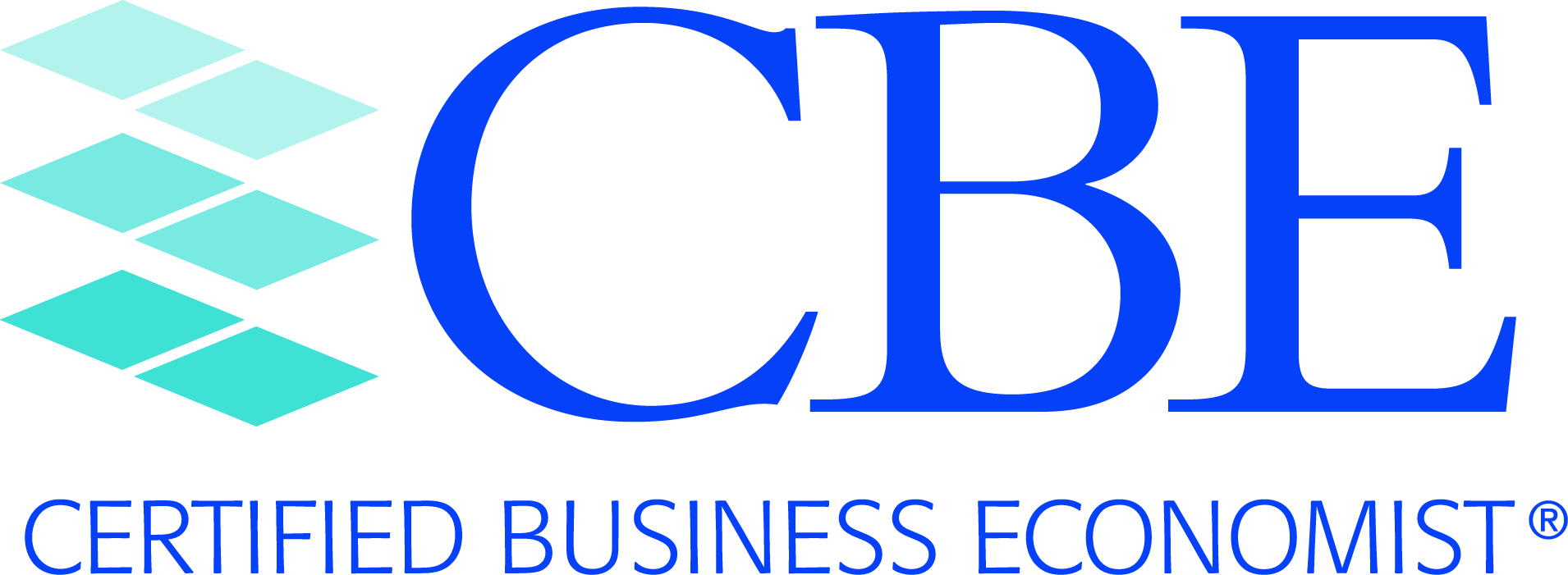
Macroeconomics - Content Outline
Back to exam page
- Fundamental Relationships and Tools:
- National income accounting
- Know how GDP estimates are produced
- Aggregate identities
- Income side and Product side Accounting
- Economic indicators
- Interpretthe economic indicators as they relate to the economic forecast
- Time series Analysis"basics"
- Stock and Flow relationship
- Saving Investment relationship
- Sources of Inflation
- Measurement of Inflation
- Chain Measures - Fixed Weight
- CPI, PPI, Deflaters, Employment Cost Index, Indexation,etc.
- Notion of Core Inflation
- International Trade and Finance
- Exchange rate determination
- Trade flows/balance
- Financial linkages/contagion
- Purchasing Power Parity
- Static Models/Frameworks:
- Basic Model Building Concepts
- Expenditure relationships
- Multiplier concepts
- IS/LM model
- Aggregate demand and aggregate supply
- Aggregate output and production function
- Fiscal Policy
- Inflation Dynamics
- Philips curve
- Natural rate hypothesis
- Quantity theory of money
- Money and Monetary Policy:
- Money, banking, and credit
- Money and credit creation
- Reserve banking system/money multiplier
- Monetary Policy
- Targets and instruments
- Traditional vs. Non-traditional monetary tools
- Monetary rules and inflation targeting
- (Macro/Finance)
- Money market instruments
- Fed Funds, Libor, Commercial Paper
- Debt instruments
- basics of treasuries, corporates, derivatives and structured products
- Term structure of interest rates
- Various measures of credit spreads
- TED, Yield Spread in Leading Economic Indicators
- CAPM/Cost of Capital
- Dynamic Models and Long-term Growth:
- Growth Accounting
- Overlapping generations
- Life-cycle optimization
- Real business cycle
- Business Cycle Analysis:
- NBER (Nat'l Bureau of Economic Research) Business Cycle Dating Committee
- Definitions of the Business Cycle
- Theories of the business cycle
- Consumption theories
- Consumption and Saving
- Permanent Income Hypothesis
- Investment cycle
- Investment and inventory theories
- Inventory cycle